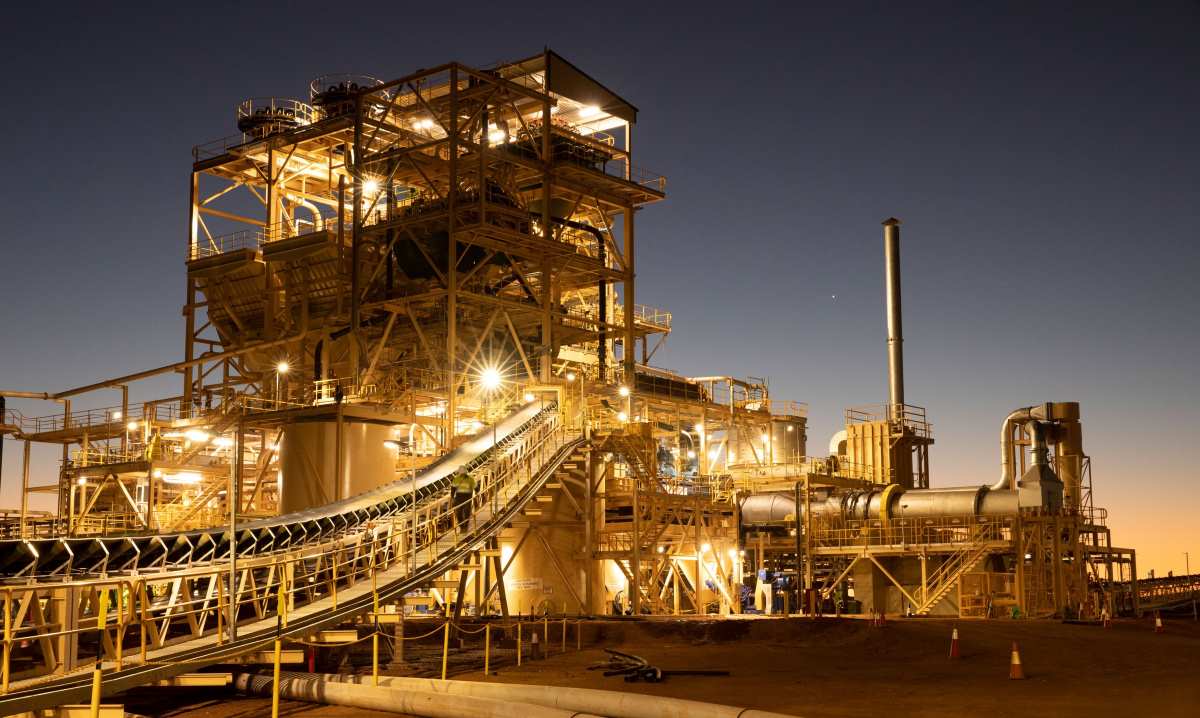
The current energy transition is set to be one of the most significant undertakings in human history.
The world relies on about 100 million barrels of oil and the equivalent of 70 million barrels of gas per day to keep its economies ticking over. Replacing this seamlessly with sources of renewable energy will be an epic challenge.
The task will go beyond a shift in fuels – where we essentially just “burn something different” – to involve entirely new technologies. These technologies will be designed for carbon-free energy production and distribution. Paradoxically, at the heart of both the problem and solution are our energy and mining companies.
As the world has transformed its fuel sources from biomass (mainly wood) to coal and then oil and gas, industries that provide the world with the energy it needs have popped up. But this has also created a future problem regarding Greenhouse gasses.
Although the mining process can be damaging to the environment if not managed well, the practice is vital to unearth the resources we need to continue daily progress while also shifting to new technologies. And as we know, these innovations require a wealth of rare critical minerals that only large-scale mining companies can provide.
The demand for critical minerals, including graphite, lithium and cobalt, is predicted to rise by multiples and up to 500% in the coming decades. With global agreements to target net zero carbon emissions by 2050 and critical minerals a crucial part of electrified technologies, the spotlight is on mining companies to deliver the goods.
Meeting this massive uptick in demand will put miners under strain to explore and expand safely and sustainably. However, the mining industry is making great strides in improving its practices from those of yesteryear.
This point is critical, as raw materials generated by the mining sector will be central to building out the electrified technologies that the energy transition will rely on. For example, an Electric Vehicle battery can contain almost 200 kilograms of unique metals, including:
Exclude just one of these materials, some of which are exceedingly rare and hard to mine, and the battery revolution hits a significant hurdle. Mining companies are even looking down to the ocean’s depths to find enough raw material to supply car manufacturers and industries with the minerals they need to decarbonise. In essence, the energy transition could be about resource availability before the development of new technologies can progress.
Nobody knows how long the transition to clean energy sources will take, but it could be up to 100 years. Based on history, every transition to a new fuel source so far has taken decades at least. And the resources, collaboration and cash needed to achieve this change will be truly monumental.
Mining companies are at the heart of the supply chain developing EV tech for transport and roadgoing vehicles, while also decarbonising heavy emitters like steel making. These heavy emitters are responsible for almost 10% of global emissions alone. Miners in Australia and around the world are under pressure to improve the way they do business based on the past and ramp up exploration and production of what the world urgently needs.
Through this lens, we can see that mining companies are once again at the forefront of human progress and our ability to thrive in a new carbon-free economy. Perhaps not where miners thought they would be, but certainly, a challenge they are willing and able to rise to.
If dust control is an issue for your construction, exploration or resource business, check out GRT’s tailored solutions, including our Smart Dosing Units.
If you’d like to talk with an expert, simply contact us!
Your feedback is important to us.
If you enjoyed reading this Global Road Technology industry update and found it informative, please let us know by leaving a REVIEW.
https://elements.visualcapitalist.com/the-key-minerals-in-an-ev-battery/
Are environmental regulations, health and safety concerns or potential profit loss a concern right now?
Contact Us Now